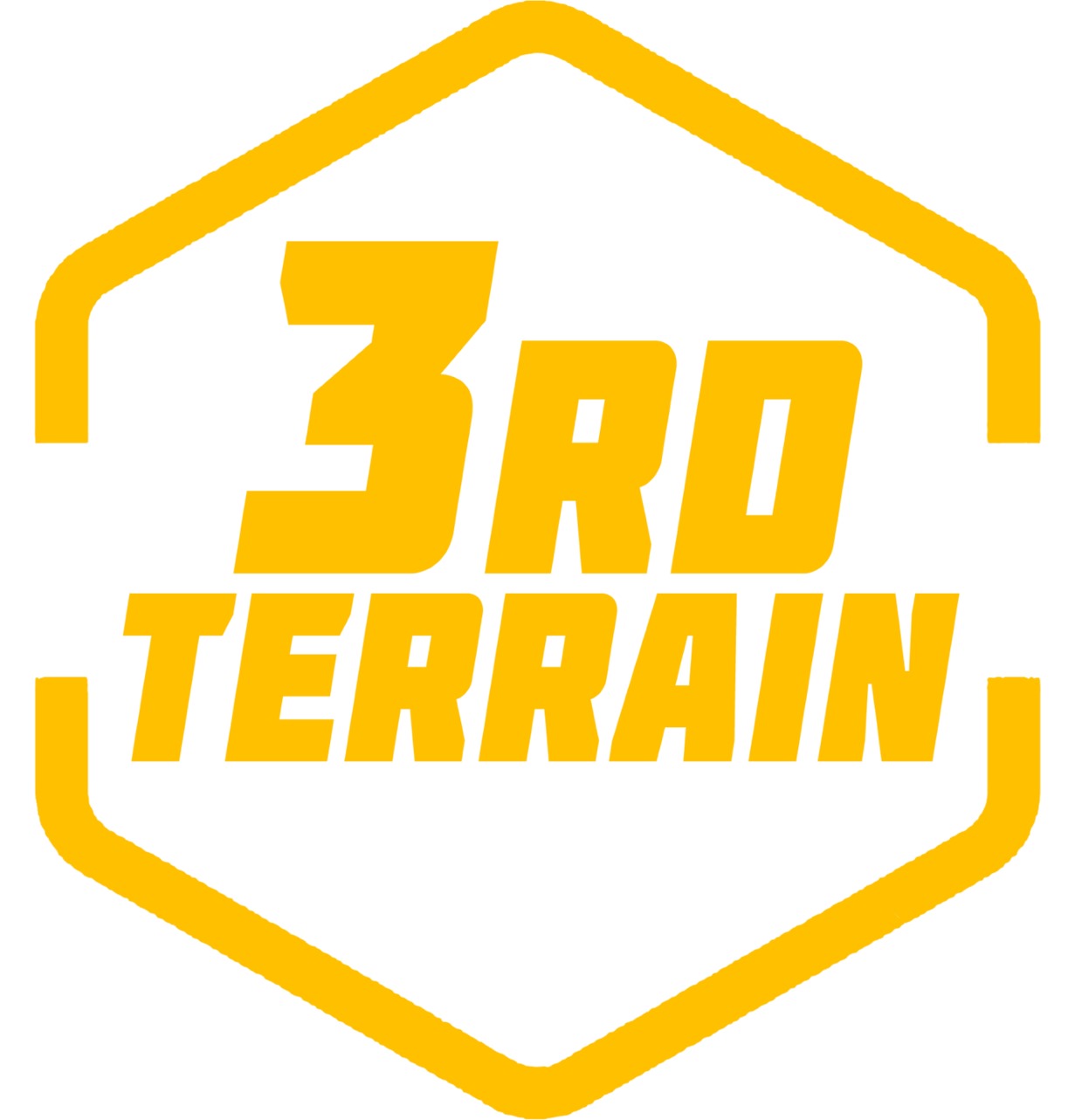FAQ's
Every worker at 3rd Terrain Ltd. is trained to recognize wet weather hazards and stage excavation sites to mitigate problems as much as possible. Rain is of course one of the bigger problems we deal with, and in many cases, we’ll simply cover the area well with tarp and weights or stakes to keep the tarp down so no serious damage is done.
With smaller excavation jobs it is simple to prevent cave-ins but when we’re working with trenches deeper than five feet, trench boxes, shoring, sloping, or benching are mandatory installations to prevent cave-ins. By accounting for all soil conditions before digging, we know what we’re dealing with and how to avoid dangerous incidents.
On the occasion that there’s a miscalculation and we hit a water or gas line, we clear the area, and keep our distance. Being mindful of what substances are leaking is important. At 3rd Terrain Ltd., we will always contact the utility company immediately to have it dealt with professionally.
Old foundations can exhibit cracks and crumbling which means they’re compromised and any excavation company should proceed with caution when working around them. During new foundation installation, a high water table makes for lots of trouble. But with the right equipment we can work to fill and dry your foundation.
Pursuing any type of major construction work should be something you discuss with neighbors if they’re close by. They could be at risk for utility issues, and if you are quite close to your neighbors and digging is necessary up to their foundation they could suffer from the same problems as your property.
At 3rd Terrain Ltd. we take every precaution for the safety of our team, our clients, and the property we’re excavating on. We avoid falls by avoiding the use of mobile equipment, and protect every trench we create. Prior to any digging, the soil is tested for potential issues and utility lines are mapped out and avoided. In the case of builds that take days or even weeks, inspections are done at the beginning of every day.
The prime vehicle associated with excavating is the excavator itself—a large piece of machinery with a long bucket arm used for handling material, digging, and demolition. We also use backhoes, bulldozers, graders, trenchers, dump trucks, and a wide variety of general construction equipment. When it comes to excavation and demolition, you can never have too many options. Right down to the common sledge or jackhammer, if it’s right for the job it’s right for the job.
